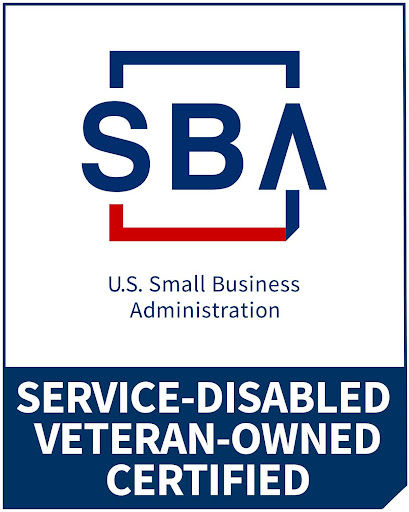For products required to be all-natural and hypo-allergenic, 100% cotton or cotton blend fiber nonwoven fabric is an excellent option. Cotton offers the added advantage of being environmentally friendly. Cotton nonwovens have the characteristics of excellent absorption and release, while also offering superior comfort and softness. Nonwoven cottons are ideal for applications such as cosmetic… Read more »
Posts Categorized: Nonwoven Fabrics
Choosing a Nonwovens Supplier Based Solely on Price Can Be a Costly Mistake
Price is an important consideration for manufacturers who are choosing key material suppliers, but it should not be the sole consideration. When choosing a supplier for your nonwovens, it is important to consider things like material availability and quality, as well as the quality of customer service and support you will receive. If material quality… Read more »
Demand for Bicomponent Fiber Nonwovens on the Rise
Projections indicate substantial growth for the global bicomponent fiber market. According to a recent report, “the global bicomponent fiber market was approximately USD 1.68 billion in 2018 and is expected to generate around USD 2.5 billion by 2026, at a CAGR of around 5.1% between 2019 and 2026.” The need for bicomponent fiber nonwovens is… Read more »
5 Characteristics to Consider in Choosing Nonwoven Fibers
Manufacturers have a wide range of fiber options when specifying nonwoven fabrics for the products they produce. While some applications are great for natural fibers like cotton, others might be better served with synthetic fibers such as polyester. When considering fibers, it is important to compare the attributes of a given fiber in light of… Read more »
Polyester Nonwoven: The High Strength, High Density Nonwoven
When it comes to demanding applications that require strong and durable fabrics, polyester nonwovens offer a great option. Nonwoven polyester fabric can be created from 100% polyester filament or polyester blend. Nonwoven polyester is an excellent choice for a wide range of application needs including industrial filter materials, medical and hygiene products, construction materials, telecom… Read more »
Four Questions to Ask in Creating a Custom Nonwoven Fabric
In order to select the best nonwoven fabric for your application, it is important to choose the right material and the best fabric treatments to meet your needs. The WPT Nonwovens team creates a diverse range of custom nonwovens featuring a variety of fibers, bonding, and treatment options, each providing characteristics that benefit the particular… Read more »
Know Your Nonwovens: Hydrophobic Material vs Hydrophilic Material
Two types of commonly confused nonwoven materials are hydrophobic and hydrophilic. Each has unique characteristics for applications involving water. Taking a look at the Latin roots in these terms provides a clue to understanding them. Common to both terms is root, “hydro” which means “water.” The later portions of these terms are “phobic” which means… Read more »
Nonwovens Chemical Bonding
WPT Nonwovens offer a wide range of domestically sourced options. NONWOVEN FIBER TYPES Cottons Polyester Rayon Blends NONWOVEN FABRIC TREATMENTS Anti-microbial/anti-bacterial Anti-static Biodegradable Colors custom matched Dry cleaning resistance Flame Retardant Heat Sealability Hydrophilic Printing Others Available NONWOVEN RESINS Acrylics Vinyl Acetate (VAC) Vinyl Acrylics Ethylene Vinyl Acetate (EVA) Styrene Butadiene Rubber (SBR) Starch Poly… Read more »
Bicomponent Fiber Nonwovens Ideal for Feminine Hygiene
Feminine hygiene products have become one of the most rapidly expanding personal care markets, due to the increasing demand for convenience and continual product innovation. A recent report from Stratistics MRC says that worldwide, the feminine hygiene products market reached $31.23 billion in 2017 and “is expected to reach $62.84 billion by 2026 growing at… Read more »
FREE eBook Explains the Advantages of Bicomponent Nonwovens
Today’s manufacturers use a wide range of nonwoven fabrics to make innovative products that are convenient and cost-effective. A variety of nonwoven fabric treatment options and materials can be used to construct nonwovens, including cotton, viscose, and polyester. A type of nonwoven that is growing in popularity is bicomponent fiber nonwoven fabric. Bicomponent nonwovens can… Read more »

